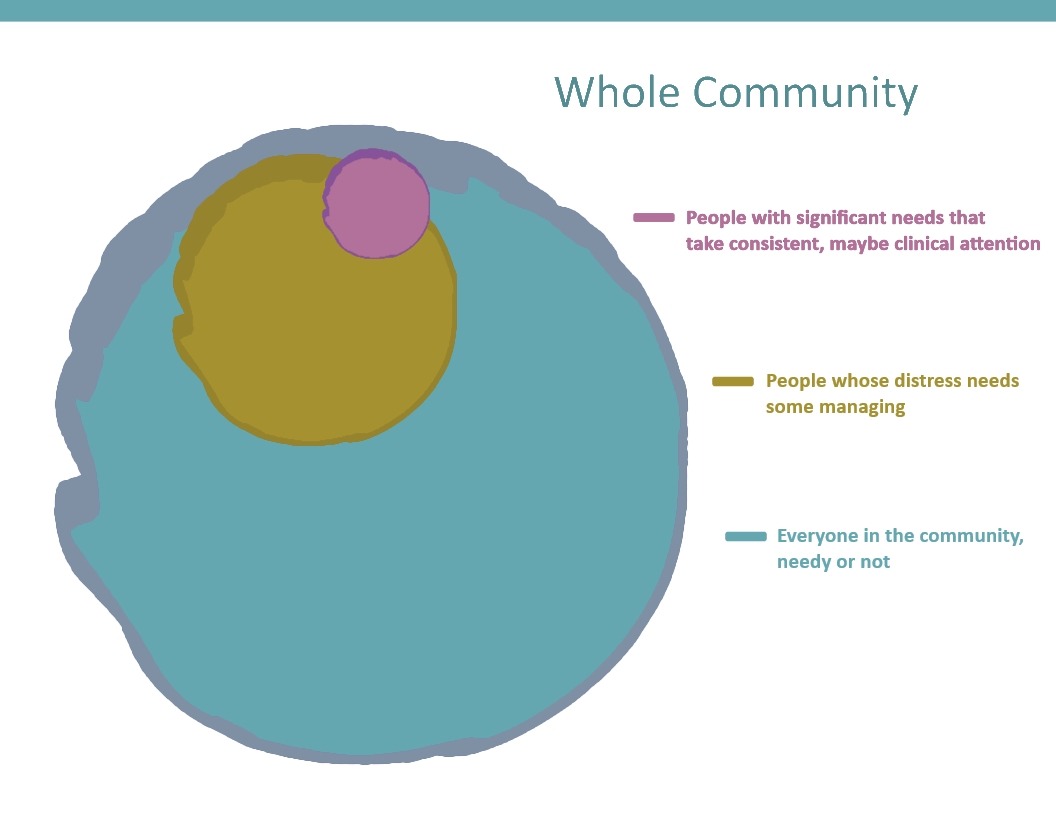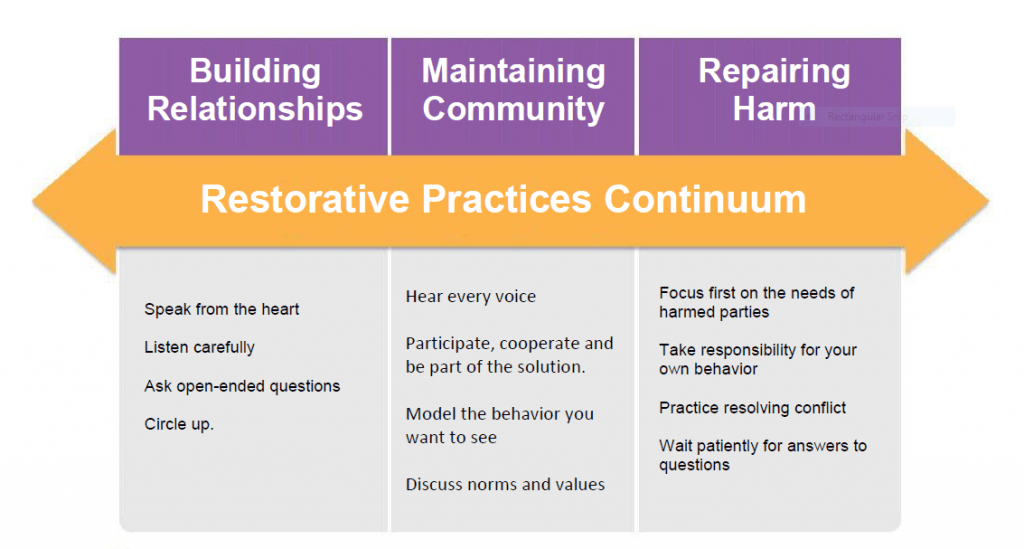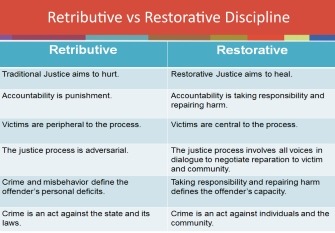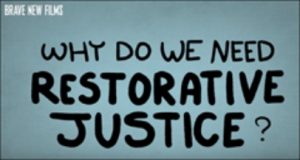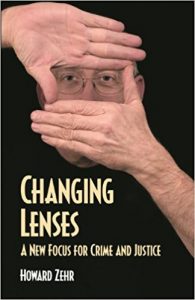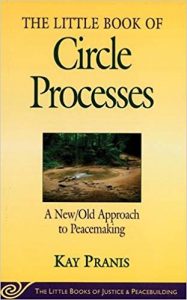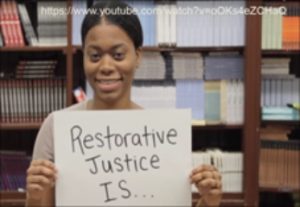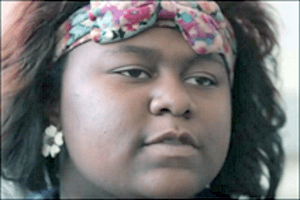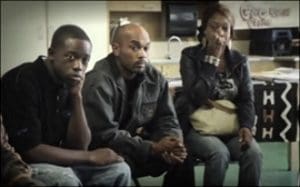Restorative Justice Practices is not a program. It’s a common language attached to a common set of simple expectations. It’s a way of life. Every member of a community can learn and model the basic interpersonal skills of Restorative Practices — no exceptions.
Though conflict is inevitable, healthy communities can sustain themselves by identifying the values that guide how they handle projects, problems and conflict. Restorative skills help build relationships and communities, reduce tension, resolve differences, take responsibility for our actions, and make amends when we’ve done harm to others.

